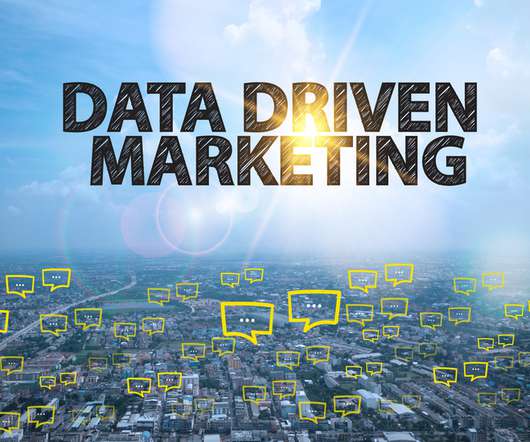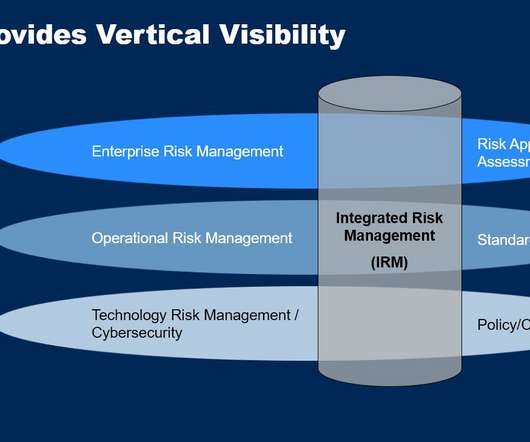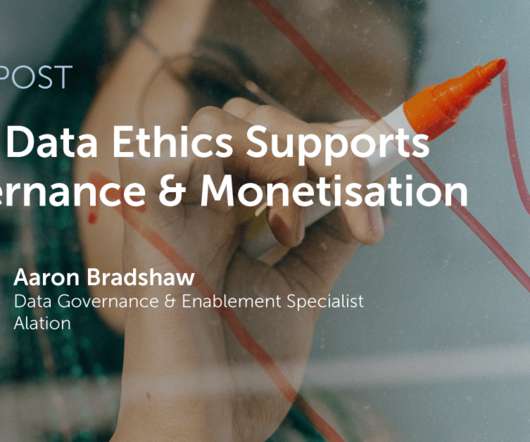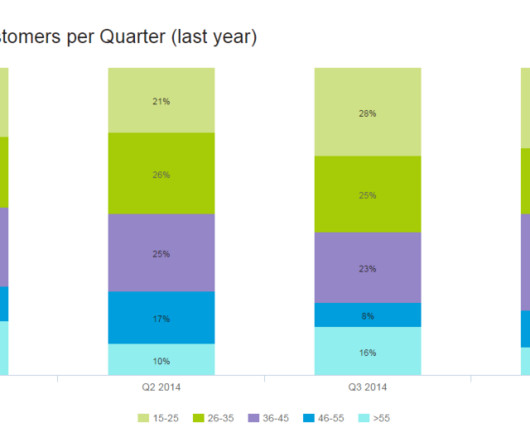Every Business Needs an Analytics-Driven Content Marketing Strategy
Smart Data Collective
JUNE 24, 2021
Many marketers are stuck in 2008, when data analytics didn’t have a place in digital marketing strategies. You can see which offer the highest ROI with your data-driven insights. We have talked extensively about the value of using data for marketing strategies in all industries. Create your own reputation.



















Let's personalize your content